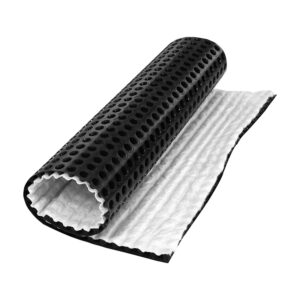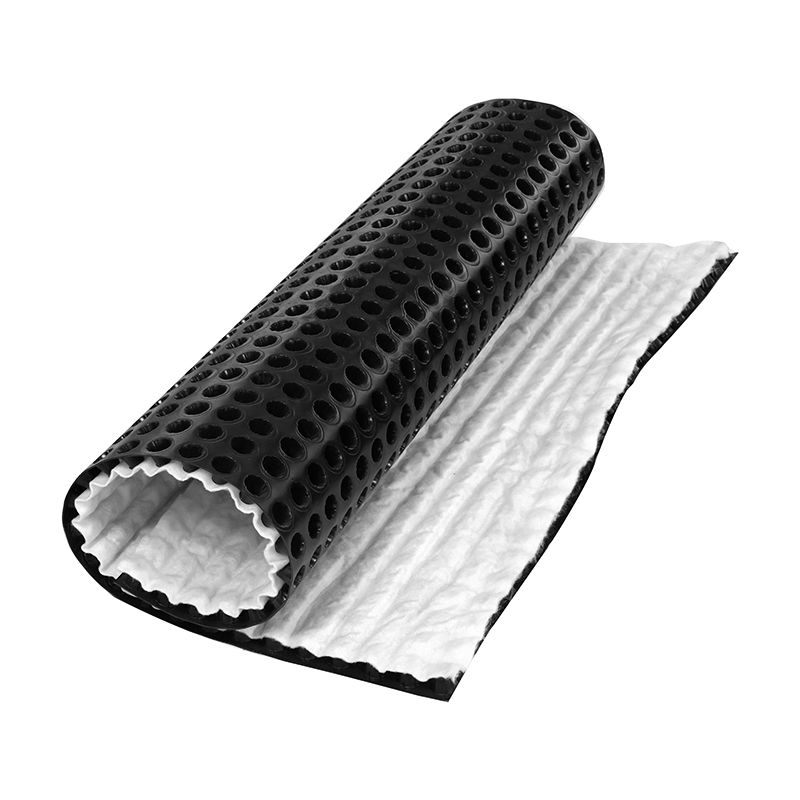In landfills, the treatment and discharge of leachate are of great importance. Composite drainage network is a commonly used drainage material in landfills. So, can it come into direct contact with landfill leachate?

I. Basic Characteristics of Composite Drainage Network
Composite drainage network is made of high-density polyethylene (HDPE) and other polymer materials, featuring a three-dimensional structure with multiple drainage channels formed inside. Therefore, it exhibits extremely high drainage performance, capable of collecting and discharging water from soil or landfills. It also boasts excellent chemical stability, resistance to acid and alkali corrosion, and anti-aging properties, enabling it to maintain stability over the long term under harsh environmental conditions.
II. Characteristics and Challenges of Landfill Leachate
Landfill leachate is a liquid with complex composition and high pollutant concentration, potentially containing various harmful substances such as heavy metals, organic matter, and ammonia nitrogen. These substances not only pose potential hazards to the environment but may also corrode or damage materials that come into contact with them. Therefore, when selecting materials for contact with landfill leachate, full consideration must be given to their corrosion resistance and stability.
III. Issues Regarding Contact Between Composite Drainage Network and Landfill Leachate
The polymer materials used in composite drainage networks possess relatively good chemical corrosion resistance, enabling them to resist the erosion of landfill leachate to a certain extent. However, this does not mean that composite drainage networks can come into unlimited direct contact with landfill leachate.
Certain components in landfill leachate may have long-term effects on the performance of composite drainage networks. For instance, high concentrations of organic matter or ammonia nitrogen may accelerate the aging process of composite drainage networks, reducing their service life. If there are damages or improperly handled seams in the composite drainage network, landfill leachate may penetrate into the soil or groundwater through these vulnerabilities, causing environmental pollution.
IV. Measures
In practical applications, to ensure the effectiveness and safety of composite drainage networks, the following measures can be taken:
Select appropriate materials: Choose composite drainage networks with higher corrosion resistance and stability based on the composition and characteristics of landfill leachate.
Strengthen protective measures: Establish protective or isolation layers in areas where composite drainage networks come into contact with landfill leachate to reduce direct erosion from the leachate.
Conduct regular inspections and maintenance: Regularly inspect and maintain composite drainage networks to promptly identify and address potential damages or aging issues.
Optimize drainage system design: By optimizing the design of the drainage system, reduce the residence time of landfill leachate in the composite drainage network and lower its erosive effect on the materials.


